The Lenovo Ideapad Y700 Laptop Review
by Brett Howse on February 11, 2016 8:00 AM ESTWireless
We’ve seen most devices coming with 802.11ac these days, and generally in a 2x2:2 configuration, which means it can transmit and receive on two antennas at the same time on two spatial streams. On 802.11ac, this gives a maximum connection speed of 866.7 Mbps, although functional speeds will be lower due to overhead and interference. The good cards can generally sustain over 500 Mbps with a good connection to the access point.
The Lenovo Y700 comes with a new wireless card inside, which is the Intel Dual Band Wireless-AC 8260. This upgraded adapter utilizes the M.2 form factor and is the latest iteration of Intel’s lineup of wireless adapters. Intel cards have tended to be reliable, but not the fastest card out there, at least on the models that we’ve tested. Most of them max out at around 400 Mbps on our wireless test, which is a SMB file copy.
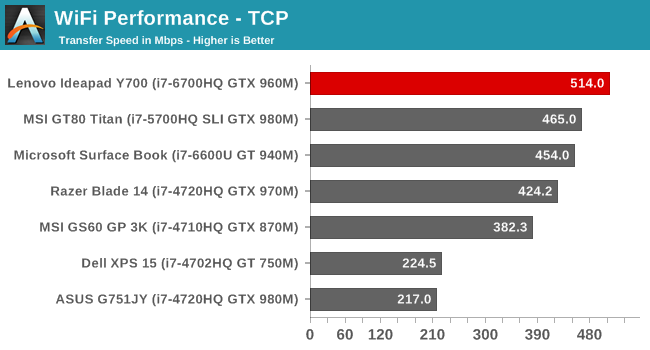
The new card is a big improvement over the outgoing 7260 and 7265 models. In fact, I’ve seen file transfers even higher than what I achieved on my test, including up to around 650 Mbps file copies. This is a fantastic result for a 2x2:2 card, and is fast approaching the physical limits of two streams.
As for day to day use with the new card, it’s more anecdotal but connections have been fast and solid in my time with the Y700. Unfortunately wireless is almost a black art once you start to add walls, wiring, and outside interference into the equation, so your mileage may vary, but with Intel’s track record it would seem that they’ve sorted the one issue they had, which was throughput, while maintaining their solid wireless connections.
Audio
JBL supplies the audio for the Y700. There are two speakers on the top near the hinge, and any time you can have forward facing speakers, it is only going to improve response and stereo separation of the channels. Many notebooks have downward firing speakers, and while often times they are adequate, that is a compromise for sure. The Y700 does have one downward firing speaker though. It includes a subwoofer on the bottom of the chassis to assist with the lower frequencies.
With the caveat that this is a notebook computer, and not a home stereo system, the end result of the 3-Watt sound system is fairly impressive. Listening to music on the Y700 is a pleasant experience, and there is plenty of volume. I measured 86 dB(A) from the Y700 with the SPL meter 1” over the trackpad. That’s about 5 dB over the average notebook. Sound pressure level isn’t everything of course, and the frequency response was good. The subwoofer definitely helps, but in the end this notebook, like all others, is going to suffer from a loss of response on the low end of the scale, since the small size of the speakers and limited power available makes it difficult to produce the low frequencies. It’s better than most, but headphones are going to always sound better.
Speaking of headphones, with the launch of the Y700 gaming laptop, Lenovo also launched a new set of gaming headphones aptly named the Lenovo Y Gaming Surround Sound Headset. If you like your accessories to match your system, the Y set features a similar theme and accent colors, and the USB connection allows 7.1 virtual surround sound out of the two 40 mm neodymium magnet drivers, and there is a detachable noise cancelling microphone as well. It also features a 3.5 mm connector for use on any other device that doesn’t support USB headphones. The price is pretty reasonable too at $70 USD.
Thermals
Heat is the enemy of any gaming laptop. With high powered CPUs and GPUs, being able to extract the heat generated is the key to maintaining performance over a long gaming session. We’ve certainly seen devices that have struggled with this in the past, meaning frame rates drop over the session, and that’s not what you want when you buy a gaming notebook.
The Y700 features a 45-Watt CPU and a GPU that will be in the 60-Watt and over range (NVIDIA doesn’t release official TDP values) so the Y700 needs to be able to dissipate 80-100 Watts of heat. That’s a heck of a lot more than a 15-Watt Ultrabook, but still fairly manageable compared to something with a GTX 980M inside.
To measure the impact of gaming on the Y700, I ran the Tomb Raider benchmark for around an hour straight and measured the CPU and GPU temperatures and other data points.
The results are excellent. The Y700 had no issues keeping up with the demand of the CPU and GPU, and GPU temperatures never even got over 65°C. The laptop itself was barely warm after this too, so Lenovo has packed in plenty of cooling to ensure that the system can maintain peak performance for as long as necessary.
Noise
The downside of a good cooling system is generally noise. Fans used to move the hot air out of the chassis are going to be audible, and the faster they need to spin the louder they get. Like most quad-core laptops, there is pretty much no escaping the fans running all the time. Lenovo does have the fans set to turn off completely, but in my time with the notebook that was a rare event indeed.
At idle, the fan noise was about 39.5 dB(A) in my lab with a noise floor of around 30 dB. It is certainly audible, but not excessively so. There are some slight changes in fan speed, but for the most part it sticks pretty close to this sound output. After gaming for an hour, the fan noise had only increased to 44.8 dB, which is an excellent result. Some very high powered laptops can easily go to 50 dB, and I’ve seen a couple that are over 60 dB with the fans set to maximum. The Y700 is one of the few gaming notebooks that I could actually game on without headphones. Yes, the GPU is not as powerful, so there are tradeoffs being made, but regardless this is a great result.


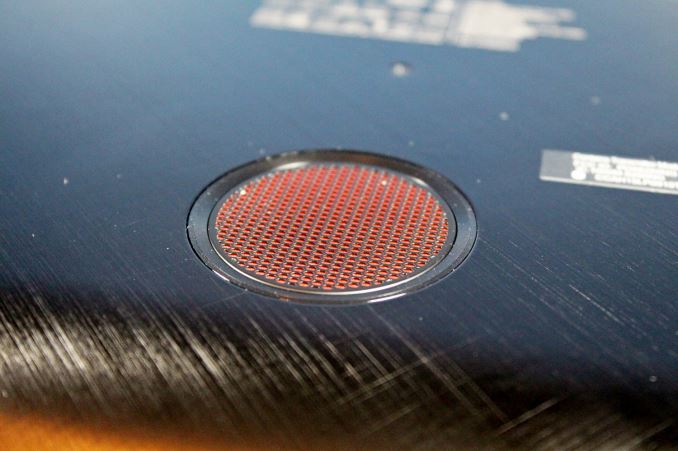

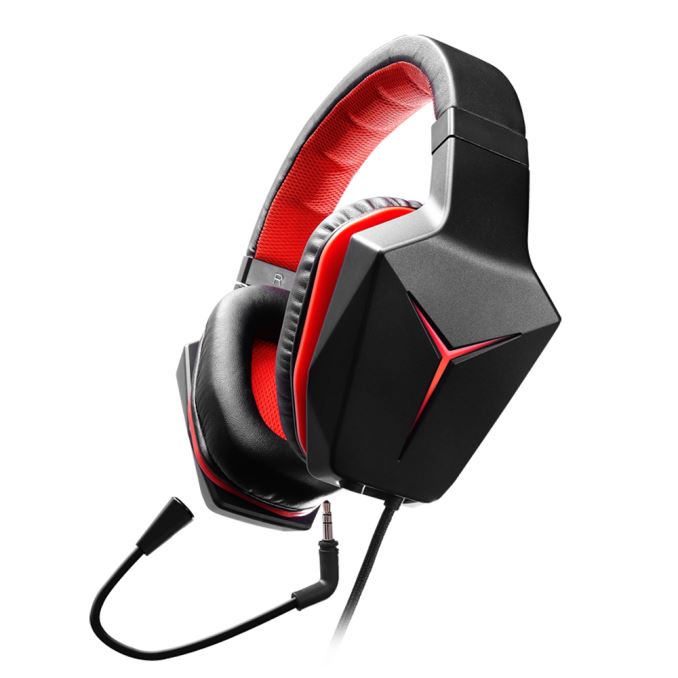
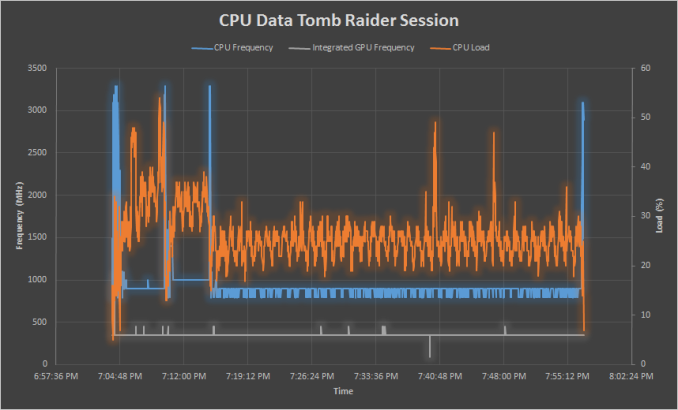
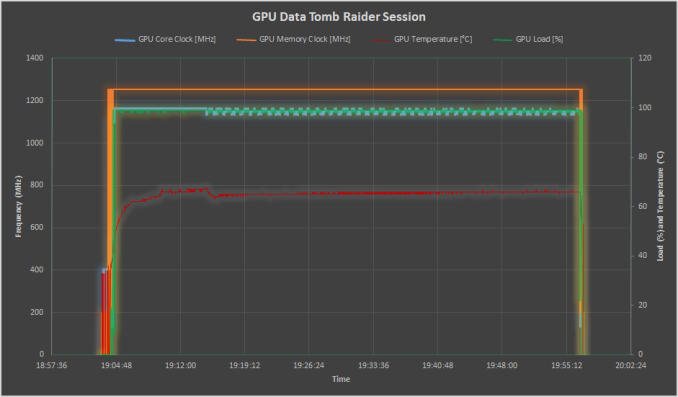








52 Comments
View All Comments
milkod2001 - Monday, February 15, 2016 - link
My comment was meant to be sarcastic, of course aluminium is better than plastic for cooloingmilkod2001 - Monday, February 15, 2016 - link
CoolingStill no edit option. sigh
1990 has called and wants this comment system back :)
jahu78 - Thursday, February 11, 2016 - link
You can open it by unscrewing I think 11 screws so the whole bottom part disattaches, After you unscrew you need to lift the lid up, and then press down the chassis at the front with your fingers hard. It is painful and tricky for the first time, and feels like you are about to crack something. Anyway there is a servicing guide floating the net I strongly advise to see it first and be patient. After you get the bottom part off you are welcome to add memory (unfortunately 8GB version has 2x4GB so you need to sell it and buy 2x8GB DDR4 for upgrade, add SSD in m.2 2280 format, replace the HDD if you want, etc. I also would point to servicing guide so you buy compatible SSD. BRcoolhardware - Friday, February 12, 2016 - link
PS the Y700 14" model is very similar but packs everything into a smaller package, it is also fairly easy to upgrade:http://www.jdhodges.com/blog/lenovo-ideapad-y700-1...
the capability to utilize a m.2 SSD, 2.5" SSD and DDR4 memory in a sub $700 laptop (before upgrades) is a pretty nice setup IMHO/
Samus - Thursday, February 11, 2016 - link
So are you proposing they use plastic instead of aluminum? Seriously...SaolDan - Thursday, February 11, 2016 - link
How does a GTX 960m compares to a 7970m?Ryan Smith - Thursday, February 11, 2016 - link
The following overestimates the AMD GPU by about 10% or so, but otherwise it's the closest estimate I can give you: http://www.anandtech.com/bench/product/1130?vs=103...frodesky - Thursday, February 11, 2016 - link
Do Lenovo still enforce a whitelist on their gaming laptops? Because that's what's keeping me from even considering them as an option.neo_1221 - Thursday, February 11, 2016 - link
I'd like to know this too. I was very annoyed to discover that my Y410P was locked to the included WiFi card by a whitelist - that was two years ago, I'm curious to see if they've stopped doing that.Samus - Thursday, February 11, 2016 - link
I believe they don't enforce a whitelist on ideapads, just thinkpads. I had no trouble upgrading a Y460's wireless card while a similar era T420 needed a Lenovo FRU.The later bioses seem to be trending toward removing white lists though. I hope HP starts to do the same its fuxking ridiculous to lock down a machine where it can't be upgraded (because generally they don't whitelist upgrade components...I ran into this on my old elitebook 2560 that had no compatibility with even HP sku LTE modems, it was never given anything better than a 3G HSPA Qualcomm card.